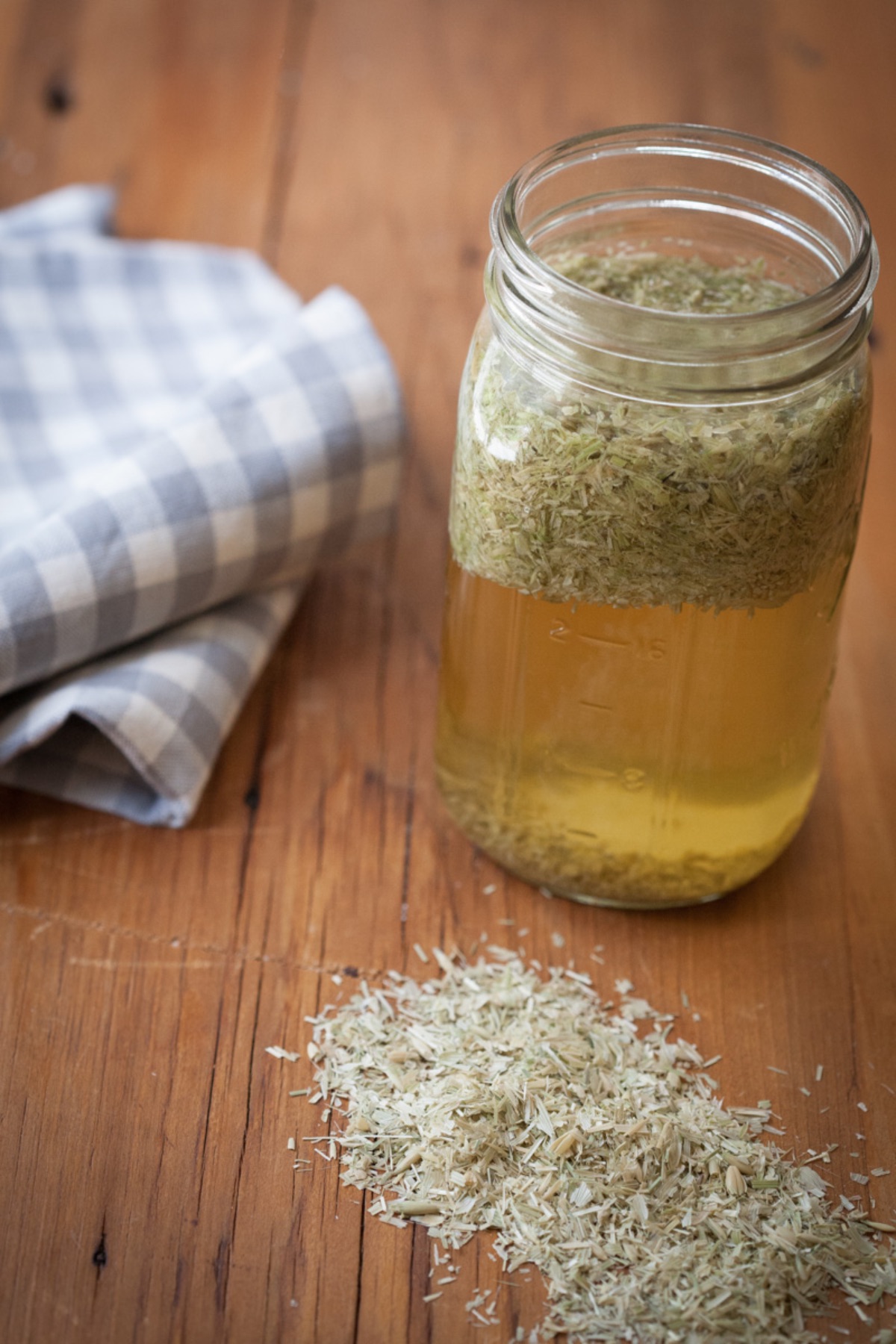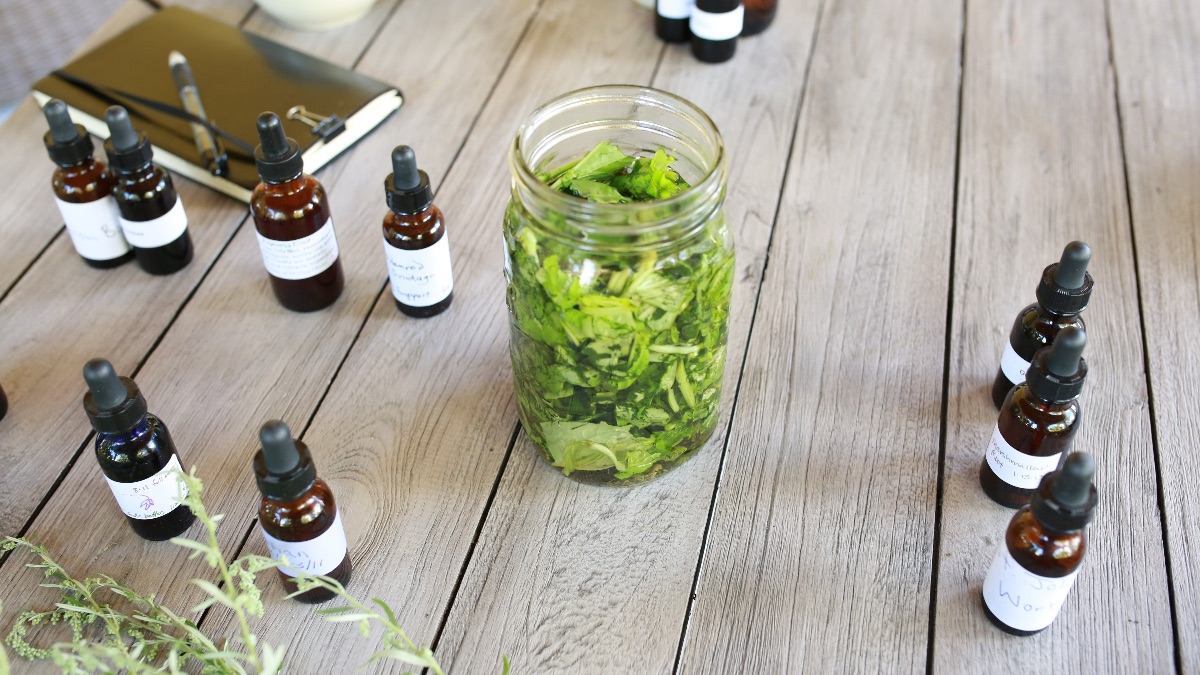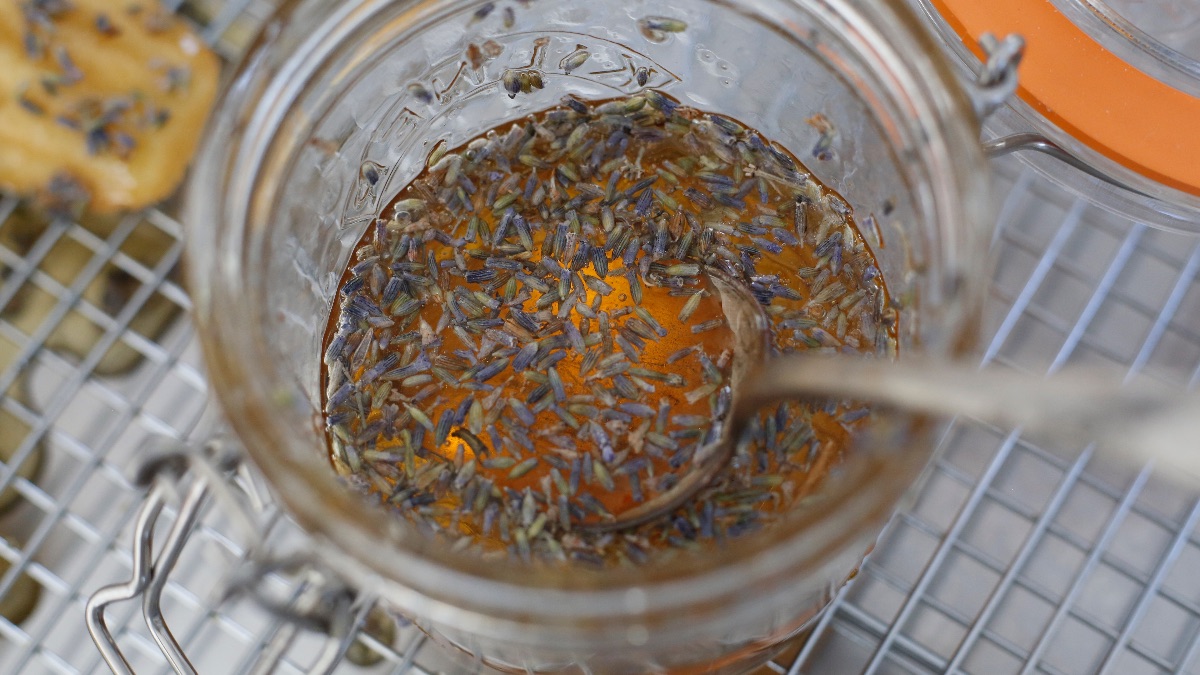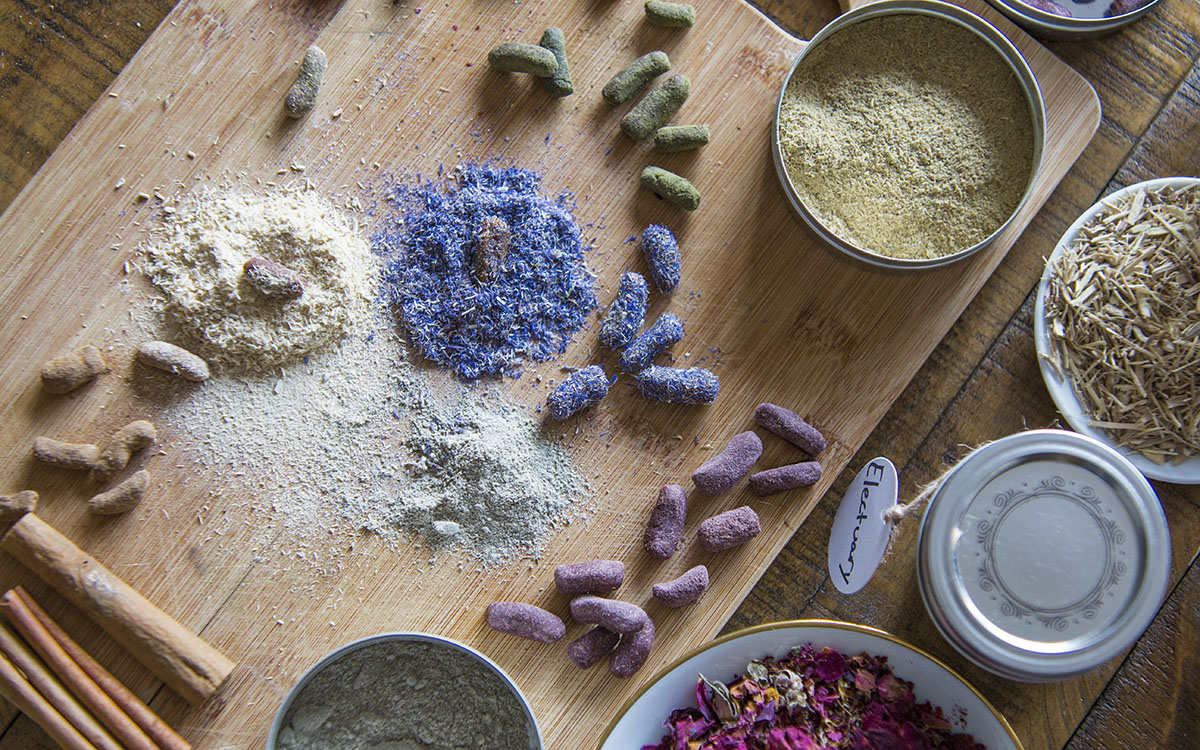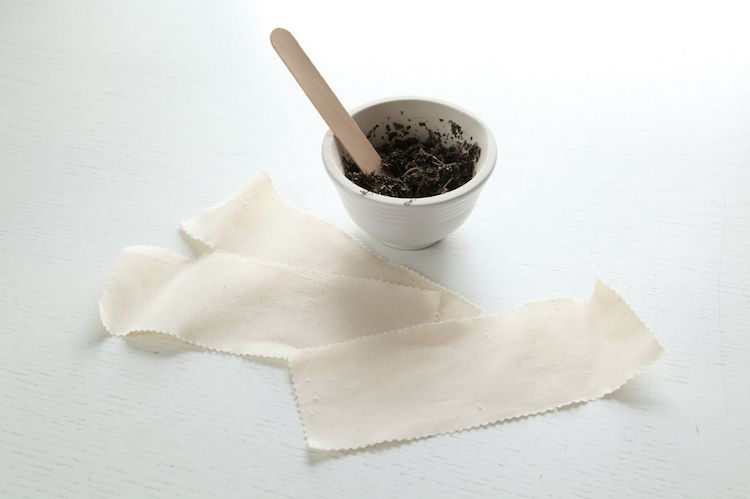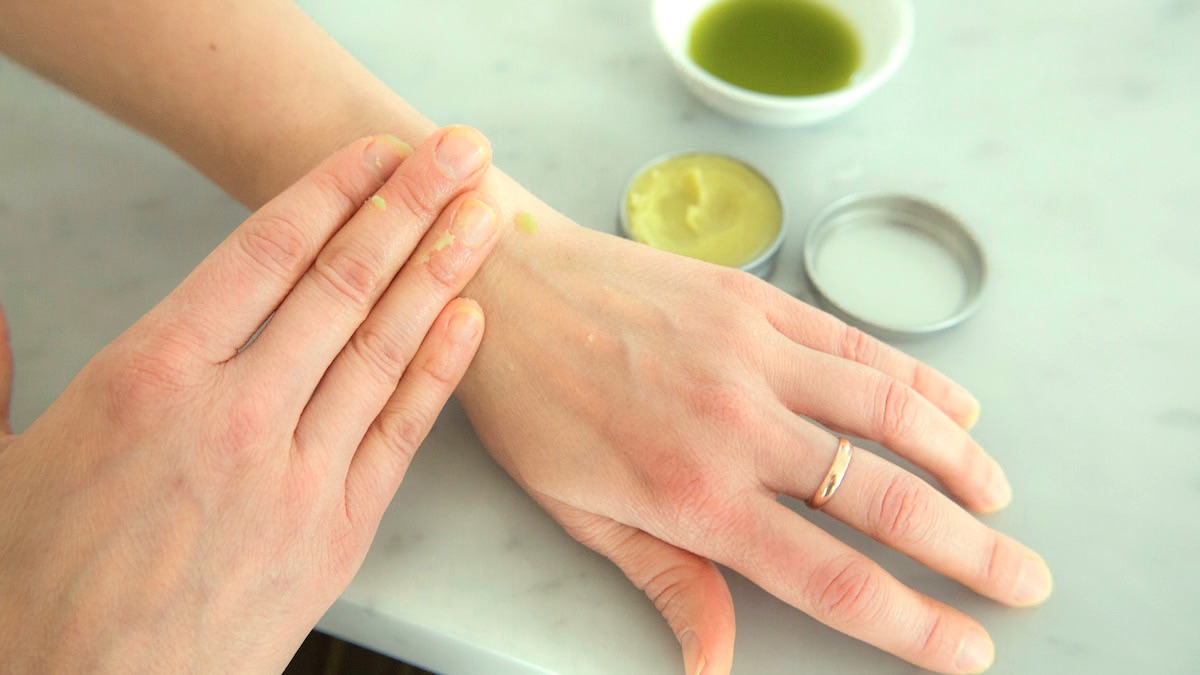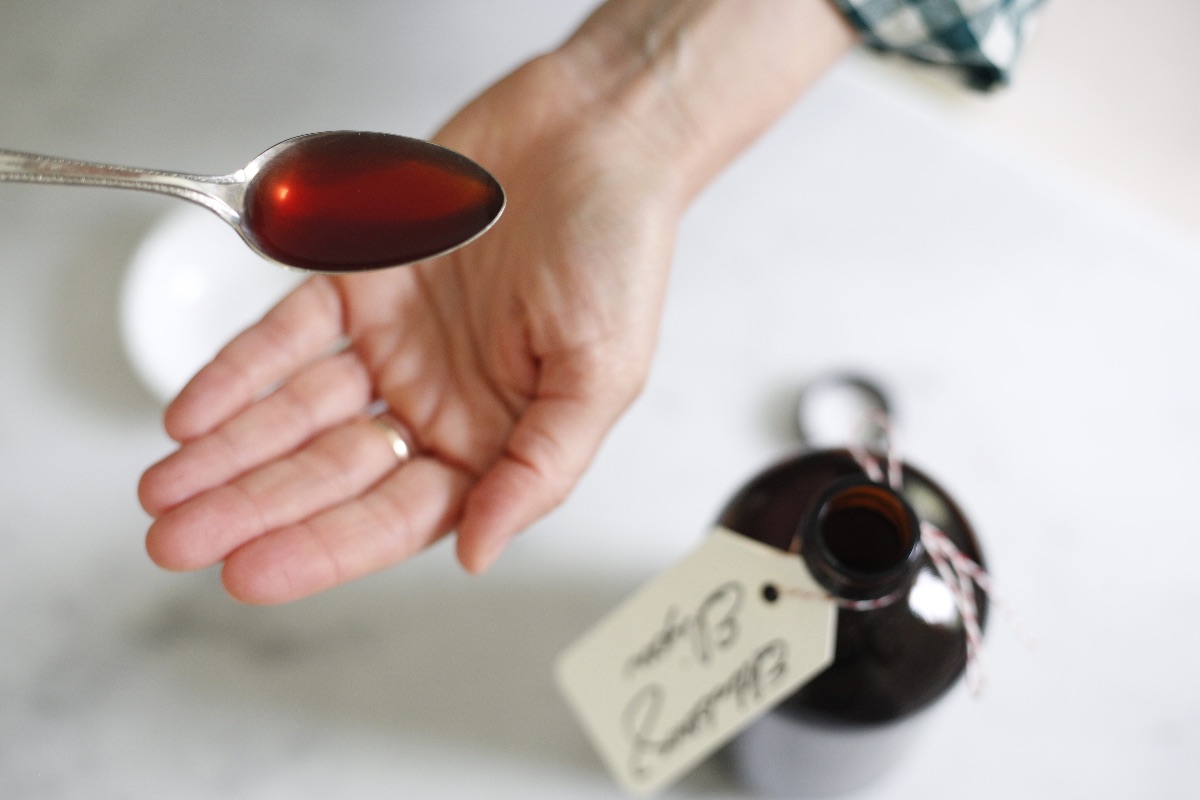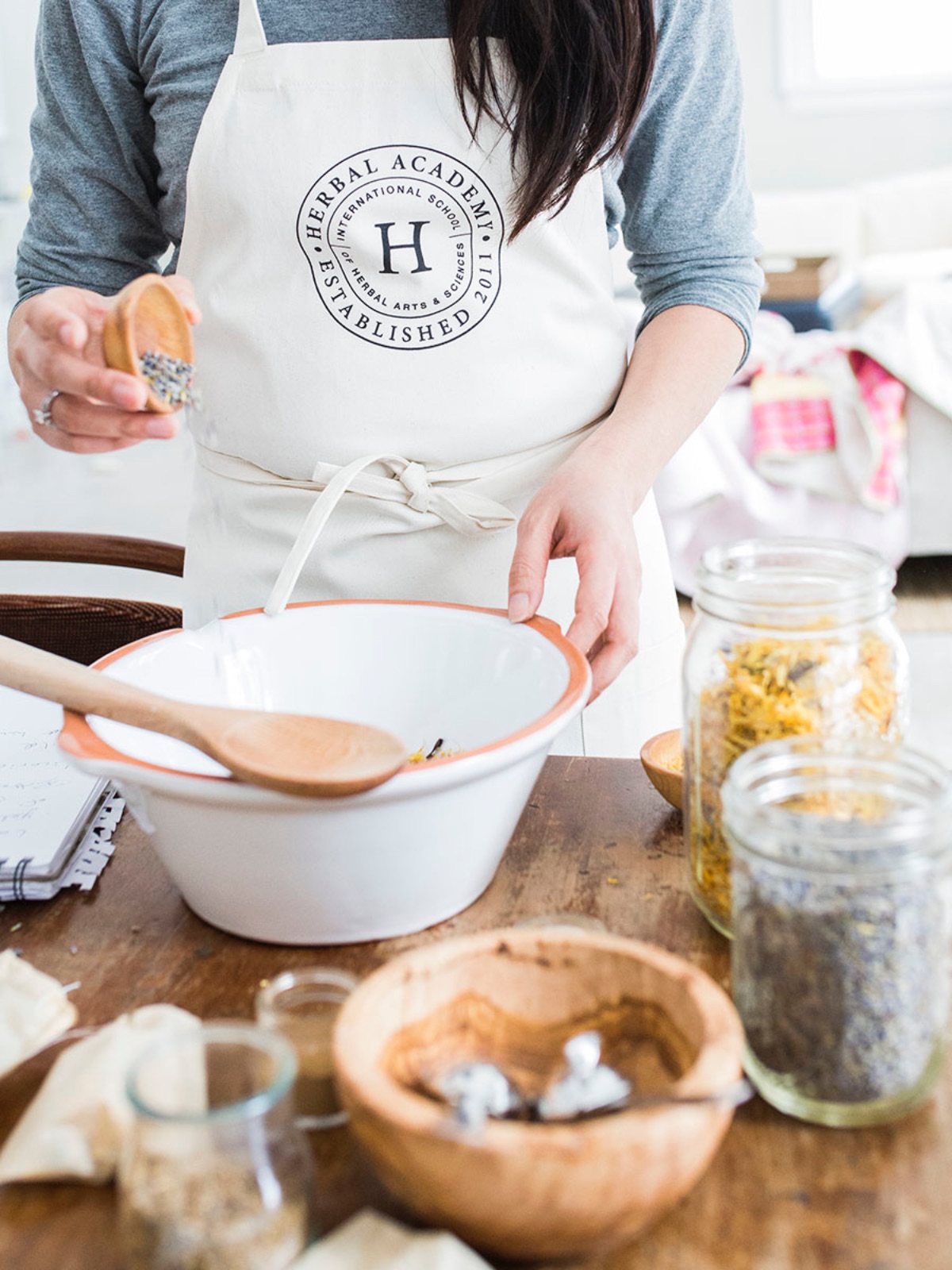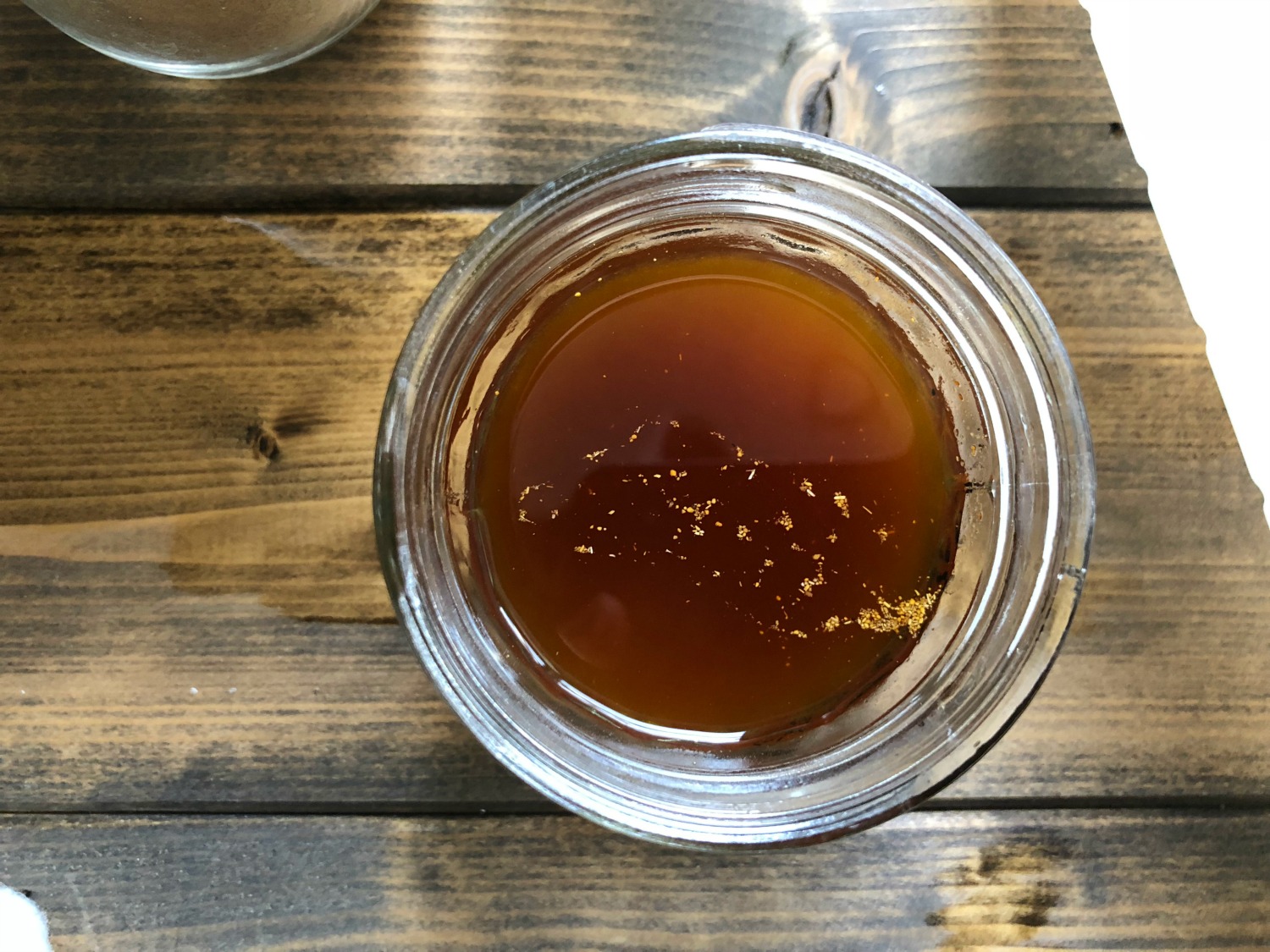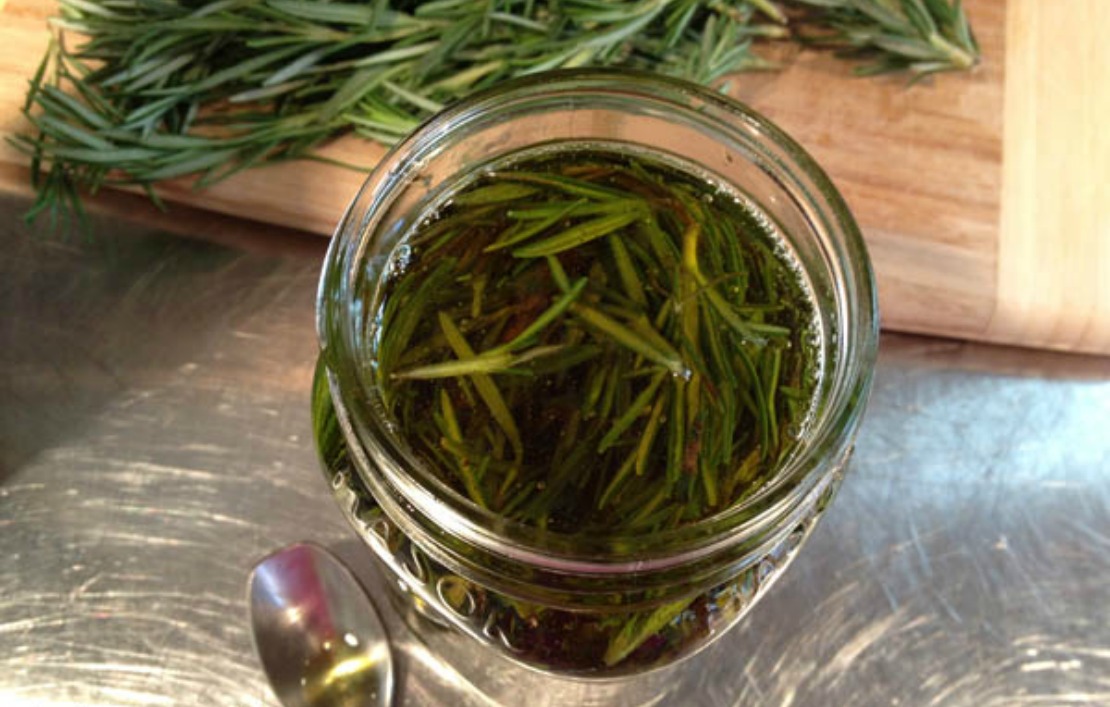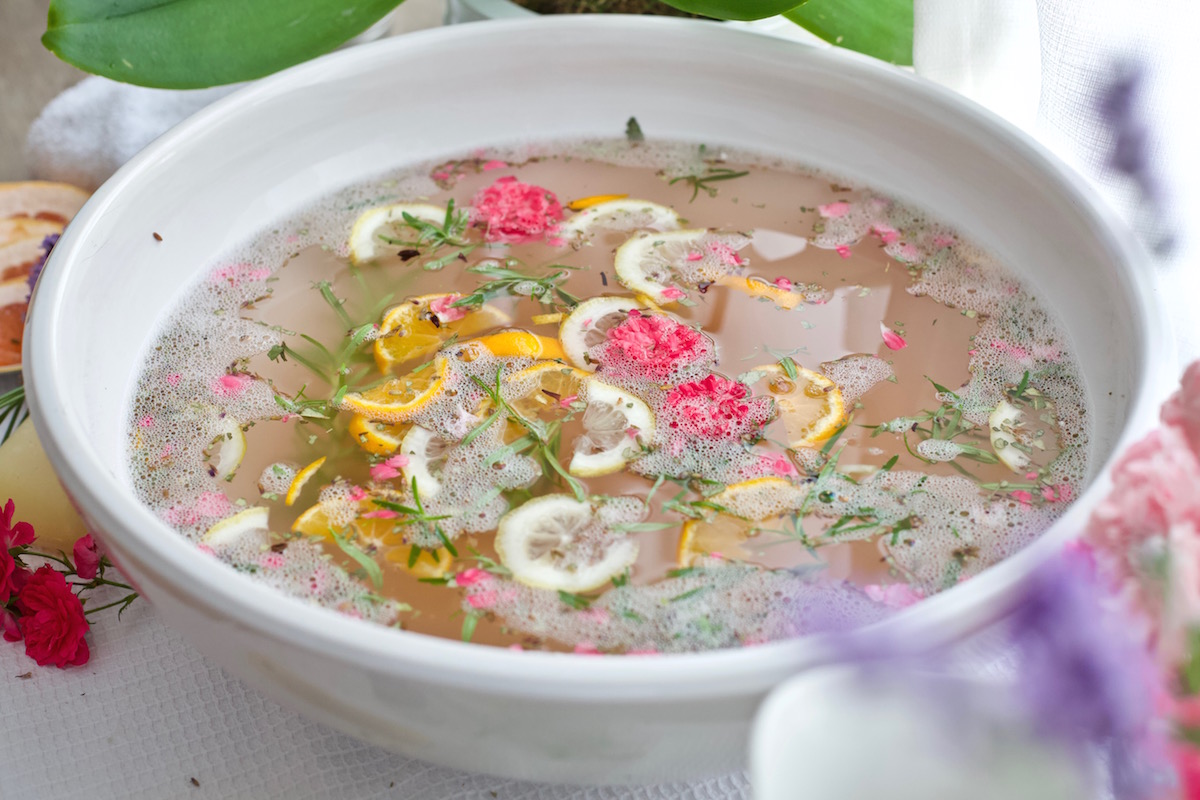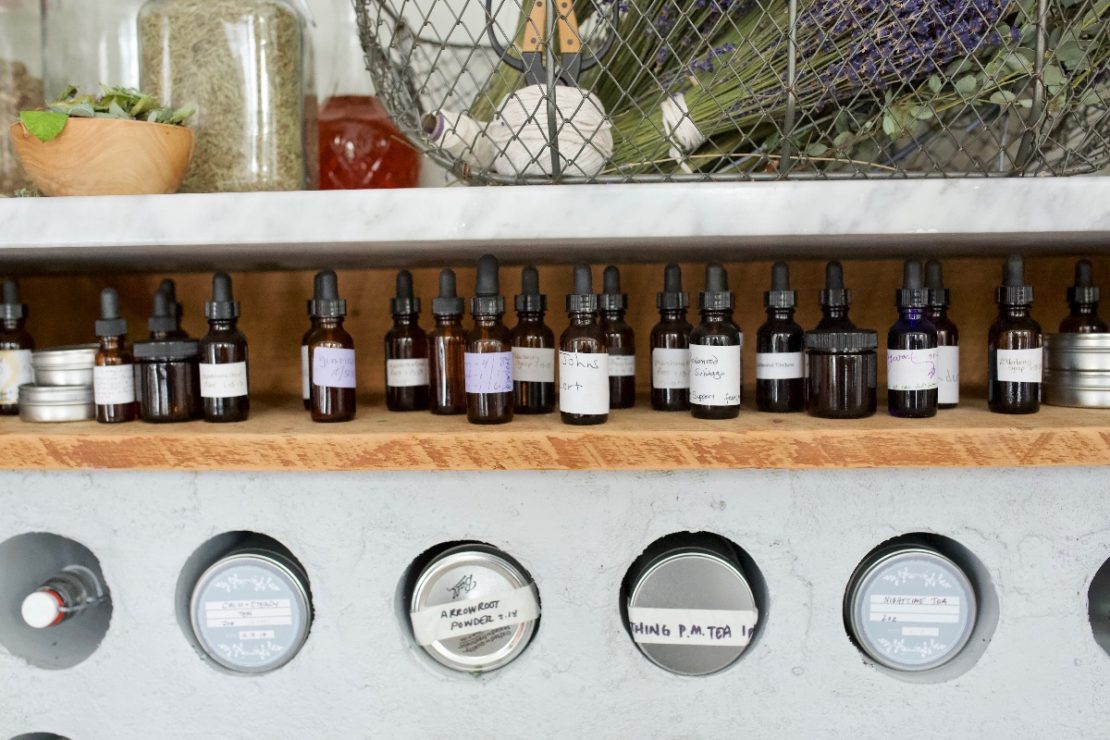
This Versus That: How To Choose The Best Herbal Preparation For Your Needs
One of the most commonly asked questions new and old herbalists ask themselves is “what is the best herbal preparation to use in this situation?” With so many traditional and modern ways to prepare herbs, determining the best herbal preparation to use can feel overwhelming. In this article, we’re here to help break down some of the key distinguishing factors between various types of herbal preparations and learn how to choose the best herbal preparation for your needs.
Herbal Preparations To Draw From
A good rule to go by when deciding the best herbal preparation to use is to focus on getting the desired herbs as close to the area of the body they are needed through the most efficient means possible. If you have a splinter, for instance, chances are you wouldn’t think to just focus on drinking herbal tea until, hopefully, it pops out! Instead, you would probably focus your attention directly on the splinter itself, its location, and what methods you can use to effectively get it out.
The same logic applies to other situations when choosing the best herbal preparation to use. Here is a list of some of the more common herbal extraction methods out there, when they are most indicated to be used, and a few key factors to keep in mind.
Infusions and Decoctions
Commonly known as “tea,” infusions and decoctions are water-based extractions that work well for most, but not all, herbs. Since decoctions require a longer extraction time using constantly hot, simmering water on the stove, they are better to use for thicker and tougher roots and barks. Infusions are more ideal for softer aerial plant parts including flowers, leaves, and stems. Nettle leaf (Urtica dioica), is one exception to this rule, where using a light decoction or overnight infusion is best.
Depending on what nutrients you would like to extract, using an overnight infusion with room-temperature or cool water may be ideal since heat can actually destroy some of the nutritive value present in the herbs. Overnight infusions are also ideal for herbal tea formulas which combine roots, barks, and/or aerial parts of plants all in one. Read our article A Deeper Look At Herbal Infusions for more specifics on choosing hot versus cold infusions.
Once prepared, infusions and decoctions serve as a base for many other herbal preparations including enemas, douches, herbal baths, steam inhalations, and fomentations among others. Water-based herbal preparations, in general, are more ideal for extracting mucilaginous herbs, as opposed to tinctures.
Which kinds of herbs would you not want to extract in water? Plants that are highly resinous tend to be more oil soluble and are not as ideal to extract in water. Some of these herbs include hemp (Cannabis sativa) and myrrh (Commiphora myrrha).
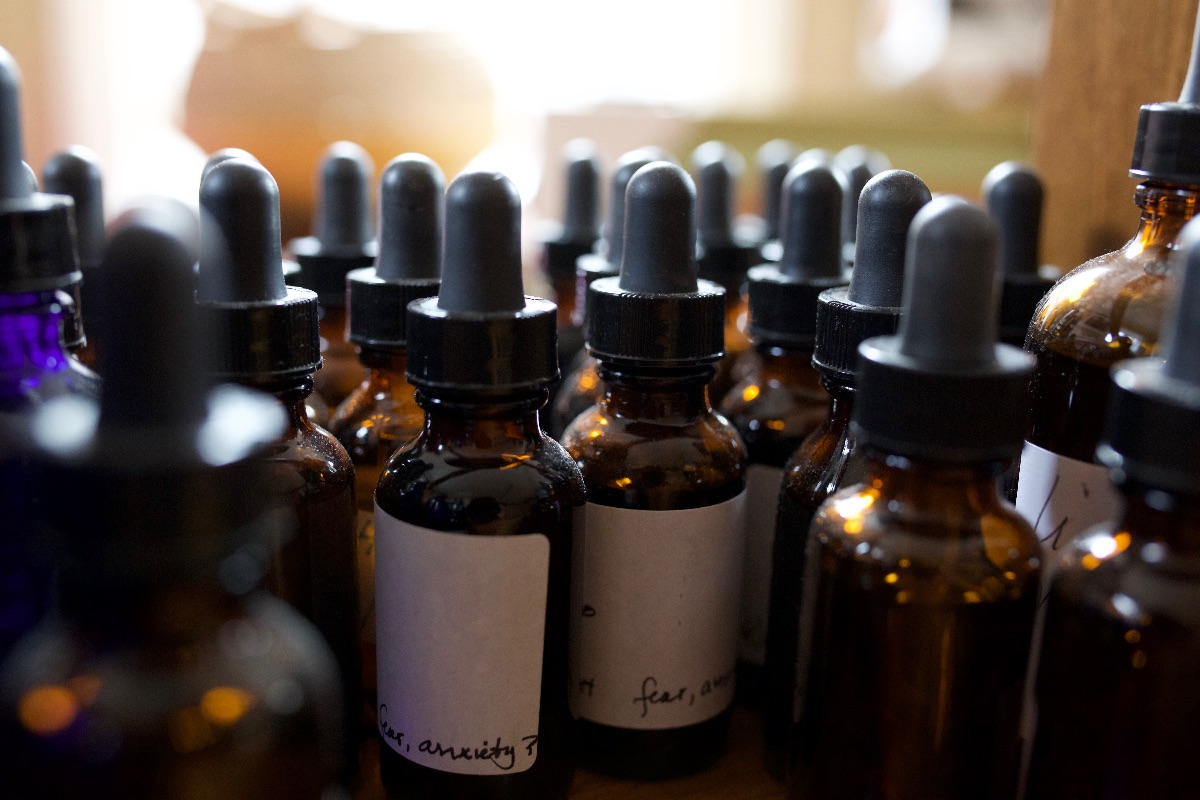
Tinctures
Tinctures are a more concentrated form of extraction made with alcohol, or a combination of alcohol and water, that are best used to help extract resinous herbs or those rich in volatile oils. Alcohol-based tinctures are also preferred over other herbal preparations for their ability to better pull out certain constituents (Tilgner, 2009).
For many people, tinctures are far more convenient and easy to take than preparing infusions, decoctions, or other methods. Bitter and pungent herbs are also best taken in tincture form for palatability. Learn how to make a tincture in our post here.
Vinegar Extractions
Vinegar-based extractions are popular for drawing out more of the nutrient and mineral profiles in addition to certain alkaloids in herbs (Green, 2000). Like alcohol-based extractions, vinegar extractions have a longer shelf-life than other preparations.
Commonly used for upper respiratory support, including a sore throat or congestion, vinegar extractions can be used just like other tinctures or added into infusions and decoctions after preparing separately. Not to mention, herbal-infused vinegar is a tasty way to enhance the taste of your meals when used in cooking!
Vinegar herbal preparations can also be used as a hair rinse to help restore your hair’s pH balance and alleviate dry or itchy scalps. Learn about making herbal-infused vinegar in our post here.
Glycerites
Glycerin-based extractions, also known as glycerites, are becoming increasingly popular to use for children and adults who are sensitive to alcohol. The flavor is also much sweeter and more palatable to take directly on the tongue than alcohol-based tinctures. Although glycerites are not as potent as alcohol-based tinctures, they can still be effective.
Note that glycerin-based extractions have a much shorter shelf-life and are best kept in the fridge. Read our post on How to Make Herbal Glycerites here.
Honey
One of the sweetest methods on the list, herbal-infused honey is fabulous for supporting sore throats, clearance of viruses, and complaints involving a compromised immune system. Honey in itself is emollient, demulcent and nutritive among other beneficial qualities.
Its demulcent property makes it superb for calming a cough and soothing dryness or pain in the throat. This makes it especially useful for when there is difficulty swallowing due to a sore throat or hoarseness (Green, 2000).
What’s the difference between honey and syrup? They both carry similar actions for soothing the throat and upper respiratory system while supporting overall immunity. The main distinction is that honey carries nutritive value and the inherent property of helping clear viral conditions, while sugar does not (Green, 2000).
Raw honey also carries beneficial bacteria (which is preserved if a non-heated method is used) and raw honey local to your area can help with allergy relief. Note that for some beehives, it is difficult for bees to supply enough honey for themselves, let alone all of us, too (Green, 2000), so be sure to choose local honey from an ethical beekeeper.
Honey pastes and pastilles are both great mediums to take herbal powders in. Watch our video: How To Make An Herbal Honey to learn more.
Herbal Powders
Since powders are a highly concentrated form of herbal preparation, a much smaller amount is needed when taken orally. If encapsulated, herbal powders are convenient and easy to take for many people. Certain herbs can be irritating to the mucosa of the throat and/or gastrointestinal (GI) system so be sure to do your research beforehand.
A loose herbal powder can be taken in a variety of different menstruums depending on what the desired action is and what is easiest, most accessible, and palatable for the person taking it. For instance, if you are using an herbal powder to support imbalances or irritations in the lower GI, using a mucilaginous menstruum like applesauce would be more indicated than simply taking it in water.
Pastilles, also called rolled herb pills, are another traditional herbal preparation made from finely powdered herbs and honey. They are quick and easy to make and are either chewed or sucked on. Learn how to make pastilles in our video here.
Suppositories
Suppositories are ideal for delivering herbs right to the vaginal or rectal canals (Tilgner, 2009). Although they can be quite messy once they dissolve and the remainder starts to leak out, they tend to be more convenient and easy to use than douches and enemas.
Suppositories are often chosen before douches for vaginal infections since the pressure of the infusion in the douche could potentially push the infection further up through the cervix. Suppositories are also more ideal to deliver more resinous herbs that do not extract as well in water-based methods.
Poultices
Made from fresh or dried herbs that have been moistened, poultices are an ideal herbal preparation to use on insect bites, stings, burns, rashes, sprains, strains, and inflammations. Depending on the herb used, poultices can carry vulnerary, heating, and/or astringent properties (Tilgner, 2009).
Astringent poultices are typically used to help tissues contract and draw out foreign objects, such as thorns, splinters, or glass fragments. They can also help stimulate circulation of the skin and draw out pus or debris from wounds.
Heating poultices can help relax muscles and promote circulation and warmth to an area. Typically heating herbs are made into poultices for bruises, strains, sprains, muscle cramping, or congested lungs. Heed caution when preparing a heating poultice since they can burn the skin if not prepared or used correctly.
Demulcent herbs are used in vulnerary poultices for their soothing effect on the mucous membranes. Fresh herbs are more ideal for this type of poultice although dried can be used as well. Typically demulcent poultices are used for rashes, inflammation, sprains, or abrasions (Tilgner, 2009).
Learn how to make a poultice with dried and fresh herbs in our post here.
Fomentations
Also known as a compress, fomentations utilize herbal infusions or decoctions in a topical form. They can be prepared hot or cold depending on the desired action of the herbal preparation.
Hot fomentations help relax tight muscles and draw blood to the skin through promoting vasodilation. This action can help reduce internal congestion and soothe pain from sore muscles. Cold fomentations help constrict blood vessels in the skin, making them useful for acute burns, bruises, or other inflammations (Tilgner, 2009). Both hot and cold preparations can benefit the skin it touches, making it a useful herbal preparation for supporting irritations of the skin including mild rashes, eczema, and psoriasis.
Learn all about herbal fomentations in our article here.
Salves
Herbal salves typically incorporate an infused herbal oil in beeswax with other kinds of topical butter for their skin-nourishing qualities. Due to its beeswax base, herbal salves tend to be much thicker in consistency than other topicals (Tilgner, 2009).
The thicker consistency of salve helps keep the herbs on the skin for longer (as opposed to oils or liniments), which increases their ability to penetrate deeper into the muscles and tissues local to the area. Note that herbal salves are contraindicated to be used on open wounds since there is a risk of pushing any present infection or bacteria deeper into the skin.
Learn how to make a calendula salve in our video here.
Syrups and Cordials
Herbal syrups and cordials are age-old preparations to support sore throats, coughs, colds, and boggy, mucous-related upper respiratory conditions. Both are tasty ways to prepare bitter and pungent flavored herbs or to mask the flavor of an unpleasant-tasting tincture or tea, making them easier for children to take (Green, 2000).
Their soothing action makes them an ideal herbal preparation for supporting sore throat and cough relief (Chevallier, 1996). As noted above, syrups are favored over herbal honey when honey cannot be sourced sustainably or the beehive at hand is threatened. Additionally, syrups are a great sweet and soothing option for those who are vegan or do not eat honey. Make an immune stimulating elderberry syrup with our recipe here.
Steam Inhalation
Steam inhalation is a type of herbal preparation commonly used to support the clearance of respiratory congestion related to colds or sinus infections (Tilgner, 2009). They are also commonly used to support relief of sinusitis, hay fever, and bronchial asthma (Chevallier, 1996).
Herbal steams are easy to prepare and an effective way of getting beneficial aromatic herbal constituents onto the respiratory mucosa. Steaming can also benefit the skin by promoting blood flow to the surface of the skin and opening the pores to help clear congestion (Gladstar, 2014). Learn how to make your own aromatic herbal steam in our post here.
Liniment
Liniments are a much thinner topical herbal preparation (compared to salves) and use vinegar, ethyl alcohol, or denatured rubbing alcohol as a menstruum for herbal powder. Typically liniments are used topically to warm and dry an area of skin or to soothe strained muscles or ligaments. Liniments can also be used for bruises, sprains, or burns (Green, 2000).
As opposed to salves, which are contraindicated to use on skin that is broken open, liniments are a great herbal preparation to use to help clean cuts and wounds (Green, 2000). Learn how to make Jethro Kloss’ herbal liniment in our post here.
Infused Oil
Herbal-infused oils form a protective covering when used topically on the skin, ideal for soothing dry skin and general irritations, inflammations, or muscle pain (Green, 2000). Even though oils absorb faster on the skin than herbal salves do, they are also not indicated to use on open wounds. Burns are an exception to this for using herb infused oils depending on the stage the burn is in.
Herbal oils can also be prepared to be taken internally, usually in cooking, to enhance the flavor of dishes while simultaneously receiving benefits from the aromatic herbs used. Note that herbal-infused oils are not the same as essential oils and they are used with entirely different guidelines. Read all about herb infused oils in our post here.
Oxymel
Oxymels are simply an herbal extraction of apple cider vinegar and honey (the Latin word oxymeli translates to “acid and honey”). This herbal preparation is great for masking the flavor of pungent aromatic herbs such as garlic (Allium sativa) and cayenne (Capsicum annuum). Apple cider vinegar and raw honey are both common kitchen aides for calming a cough, soothing the throat, and supporting the immune system through colds and flu (Green, 2000).
Essentially, oxymels combine the benefits of herbal honey and vinegar-based extractions in one. While you can simply combine separately prepared herbal-infused honey and herbal vinegar extractions to make a crude oxymel in a pinch, traditional methods use different means.
Herbal Baths and Sitz Baths
Herbal baths are an excellent way to combine the benefits of hydrotherapy with herbs. Herbs can be incorporated into bath time to relax sore muscles, calm the nervous system, and support more restful sleep.
The whole-body transdermal application of herbs in a bathtub can lend a faster effect of relaxation as opposed to using herbal preparations which must be taken orally and pass through the gastrointestinal (GI) system first. Herbal baths can also be used for mild skin conditions, such as dry and itchy skin or mild rashes that affect more than just a small area (which is when a fomentation would be more indicated) (Tilgner, 2009).
Sitz baths, also known as a hip bath, can help stimulate blood and lymph circulation to the pelvic region, lower abdomen, and upper legs. This type of herbal preparation is useful for soothing vaginal and rectal tissues and helping break up congestion in the pelvis (Tilgner, 2009). Sitz baths are commonly used in conjunction with suppositories to help clean out any residue without force.
Make your own Warming Bedtime Herbal Bath with our recipe here.
Choosing The Best Herbal Preparation
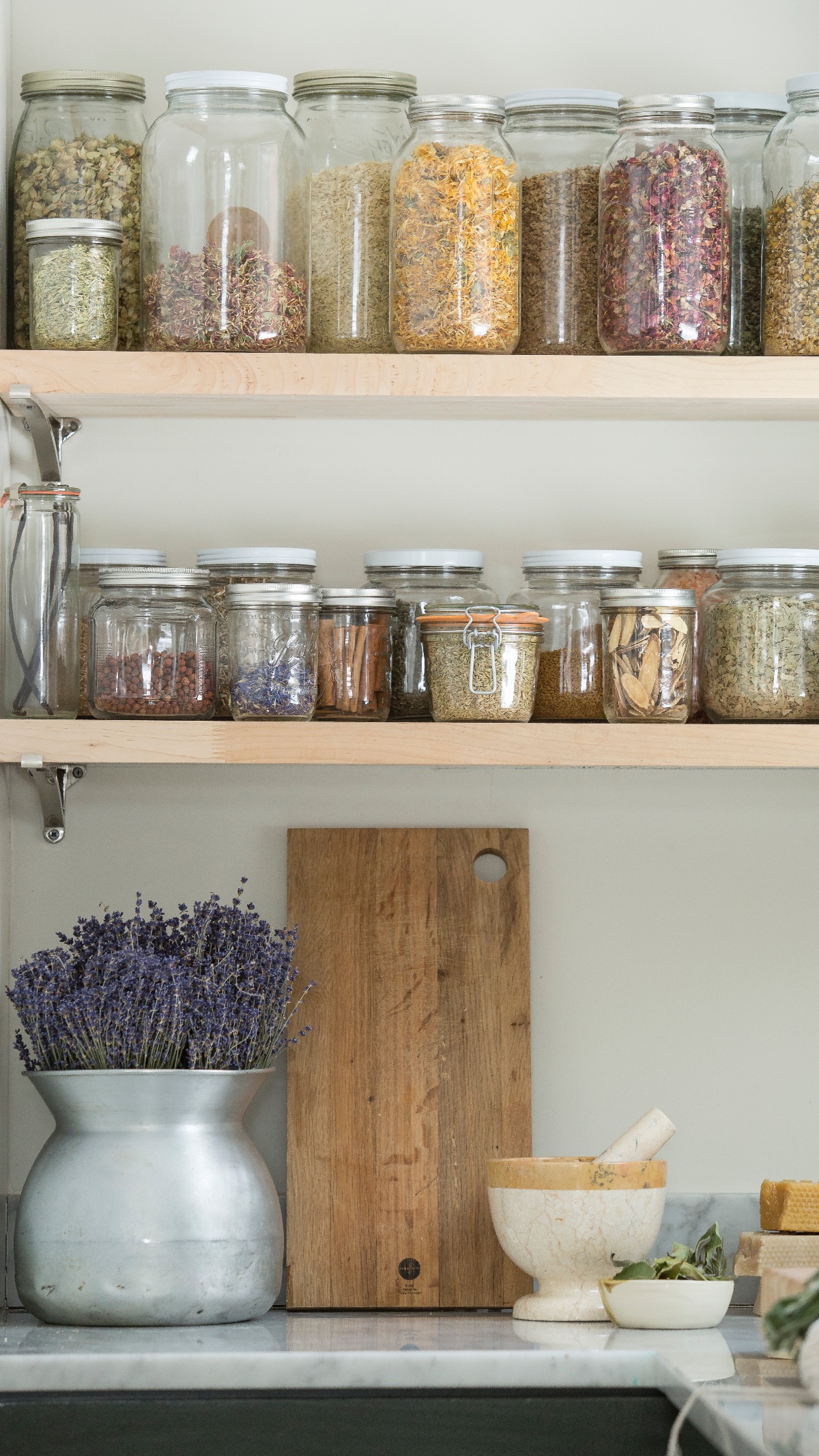
When it comes to choosing the best herbal preparation for your specific needs, let’s look at an example.
Imagine you (or your friend) have a vaginal infection. You started feeling symptoms a couple of days ago, went to your gynecologist for a professional exam and culture, and they confirmed you have a yeast infection. What’s your course of action? Although drinking an herbal infusion could help slowly with addressing the yeast infection and preventing it from returning, the infusion has to travel all the way through the GI tract and then you must hope that the herbs direct their attention toward the pelvic region and not toward some other imbalance in the gut along the way. Not that supporting the gut is a bad thing, it just does not directly address the acute symptoms at hand.
Using an herbal suppository is a more indicated herbal preparation here since it gets the herbal actions needed directly onto the tissues that are affected by the present infection. Perhaps after a couple nights of using suppositories, you start to feel a bit of pelvic congestion and the vaginal tissues are feeling a bit irritated from all of the combined discharge coming out. What would you use next?
You could use a tincture to help effectively clear the pelvic congestion, but that would not directly soothe the vaginal tissues. Instead, a sitz bath would be a more indicated type of herbal preparation to use here to help break up pelvic congestion and soothe the vaginal tissues at the same time.
Now, what if the yeast infection keeps occurring? This protocol above can be helpful to use as needed for clearing acute vaginal yeast infections, but not necessarily addressing the root cause.
After looking more into your health patterns and triggers, you realize that you have always had gut issues and notice that your yeast infection symptoms flare-up after you indulge in sweets for a day or two. Now’s the time you would turn back to using an herbal tincture to help support healthy gut function and clear unwanted bacteria (as well as amending your diet and lifestyle until things begin to regulate again!)
Although in this article we are focusing on distinguishing and choosing between different types of herbal preparations, there are many cases where several different methods could be used effectively or combined together for increased effects. In this case, using an herbal tincture would be more helpful at delivering bitter and pungent microbial balancing herbs to the GI tract. However, using an herbal tea at the same time could help soothe, nourish, and relax the tissues of the gut, allowing healthy bacteria to flourish and supporting your body’s efforts to stave off yeast infections.
An herbal powder in a mucilaginous menstruum like applesauce would also be a great way to soothe the tissues of the lower GI tract and promote healthy intestinal function. There is not always one right answer when it comes to choosing which type of herbal preparation to use. Stay informed and draw from your education and intuition when you are stuck between several different, equally viable options.
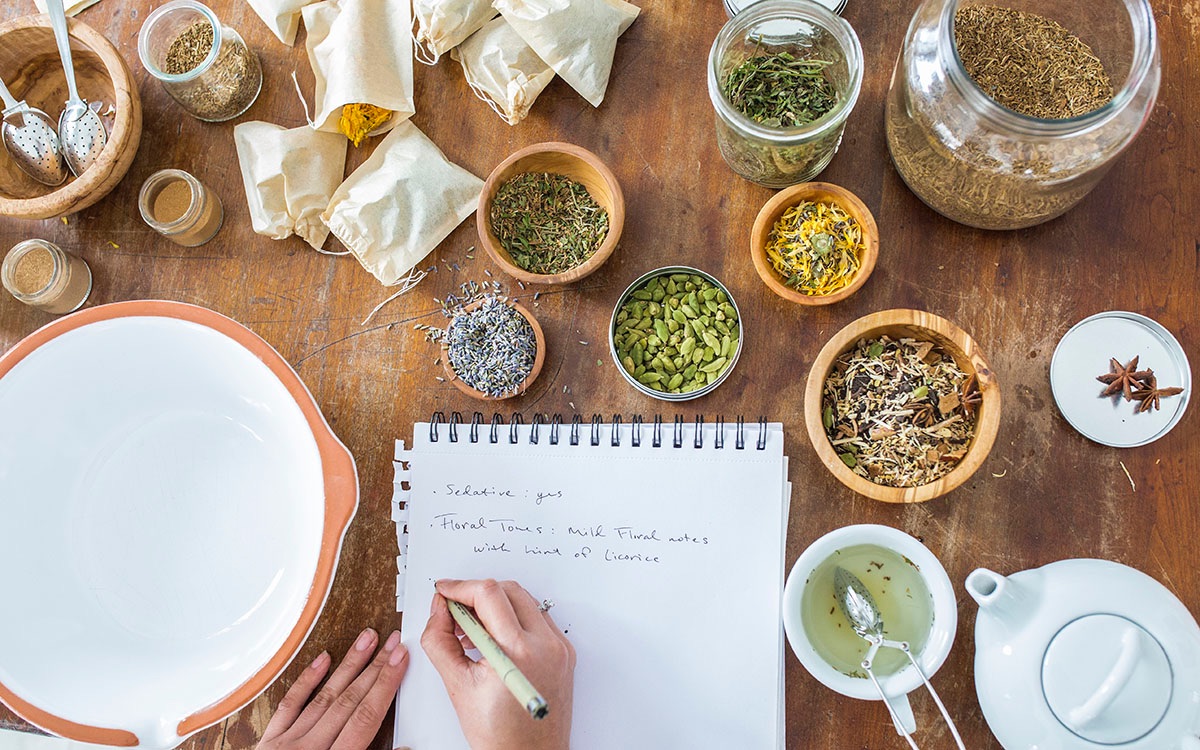
Do Your Research
Since every herb is unique, it’s important to do your research to find out which methods of extraction work best for the herbs you are using and the reason you are using them for. While many herbs can be prepared using many, if not all, of the methods described above, some preparations provoke specific herbal actions to come out more than others.
Ready to put your knowledge of herbal preparations to the test? Take our online quiz here!
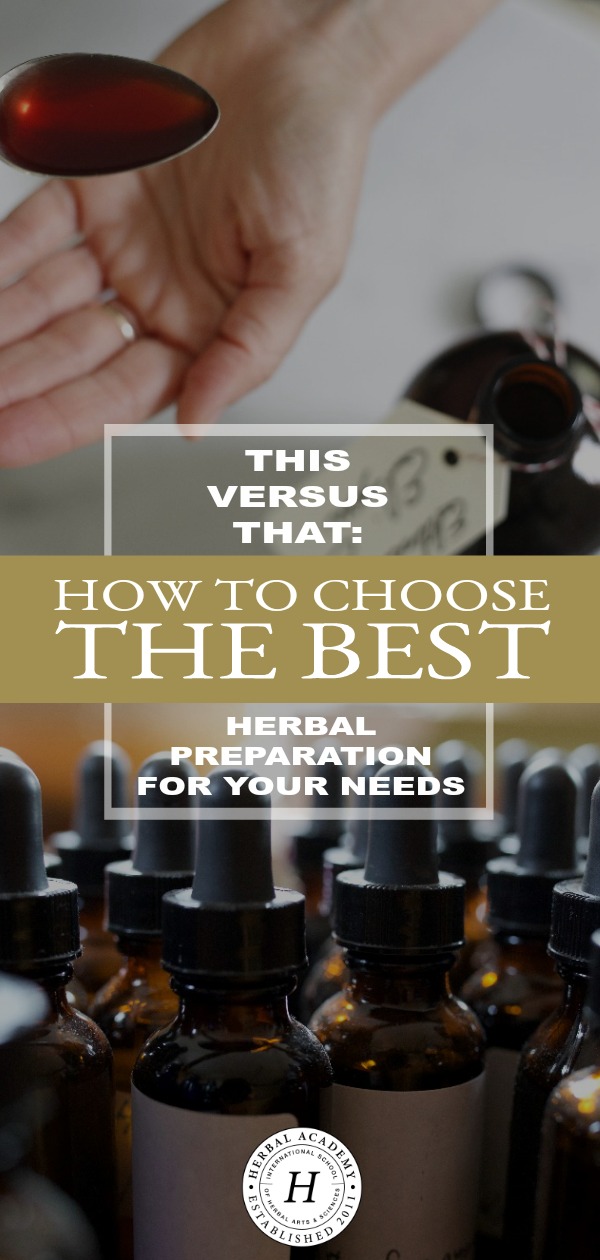
REFERENCES
Chevallier, A. (1996). Encyclopedia of herbal medicine. New York, NY: Dorling Kindersley.
Gladstar, R. (2014). Herbs for natural beauty. North Adams, MA: Storey Publishing.
Green, J. (2000). The herbal medicine-maker’s handbook. Berkeley, CA: Crossing Press.
Tilgner, S. (2009). Herbal medicine from the heart of the earth. Pleasant Hill, OR: Wise Acres LLC.

